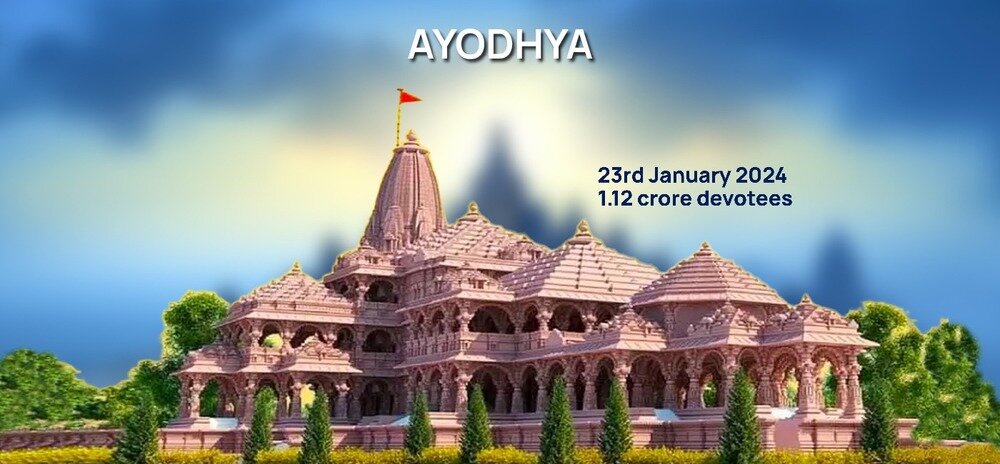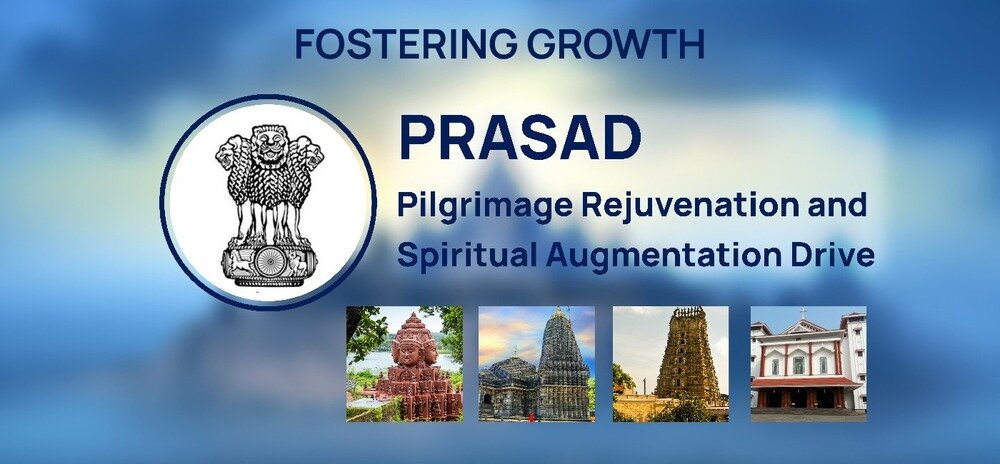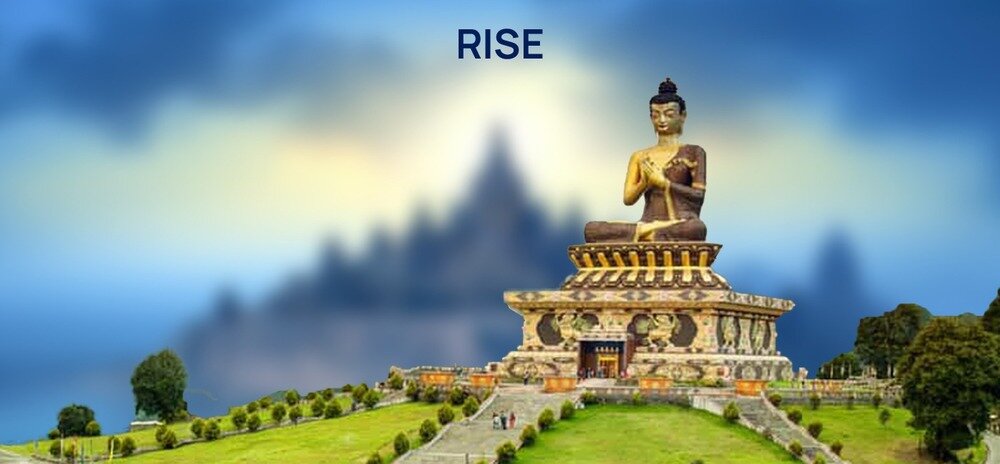In a world obsessed with robots and screens, whispers of a different kind of journey are gaining volume. It’s like there’s a global awakening taking place. Forget the beach vacation selfies; for many Indians, the hottest travel trend is something completely different.
Millions are on a quest for something deeper, something more meaningful. People worldwide have increasingly become interested in exploring spiritual spots and gearing up for temple trips.
So, what’s driving this unexpected surge? Find out…

Ayodhya: The Rising Spiritual Epicenter
Today, Ayodhya has emerged as a potential rival to ancient, revered destinations like Vatican City and Mecca.
Since the temple’s inauguration on 23rd January 2024, over 1.12 crore devotees have flocked to Ayodhya in just over two months, signaling a pilgrimage surge of epic proportions.
The surge in infrastructure projects suggests that Ayodhya could soon surpass even these iconic sites regarding visitor footfall.

The Rise of Sacred Cities
In a surprising twist, Millennials are ditching their beach getaways for spiritual pilgrimages. This unexpected trend has injected fresh energy into ancient temple destinations experiencing a remarkable resurgence.
Varanasi saw an eightfold increase in visitors compared to Goa, drawing over 7.2 crore tourists in 2022, with Ayodhya, Mathura, and Ujjain following closely.
This revival extended even to Kedarnath, which saw a dramatic rise in visitors, with numbers jumping from 4-5 lakh to a staggering 15 lakh.
From the revered Tirupati temple to the sacred Puri Jagannath Temple in Odisha, the iconic Amritsar Golden Temple, and others, the call of the divine is reverberating throughout India.

Of The Hospitality Sector
Temple tourism is experiencing a renaissance post-pandemic, and the hospitality industry is witnessing a transformation, too. Hoteliers and travel planners are seizing the opportunity to cater to the evolving needs of spiritual travelers.
From Hyatt’s first vegetarian hotel near Ramanathaswamy temple to Wyndham’s strategic expansion into Ayodhya and Tirupati, the industry is aligning with the growing demand for upscale accommodations at religious sites.

Numbers Show The Way
Data from MakeMyTrip reveals property listings across religious and temple destinations have increased by 44% compared to the pre-COVID period.
Yatra.com found over 40% of searches and bookings on their platform were for hotels in religious destinations like Varanasi, Haridwar, Tirupati, Shirdi, Katra, Amritsar, and Rameswaram.
According to Booking.com’s ‘How India Travels 2023’ report, Indians are expanding their horizons beyond traditional hotel settings. They seek diverse accommodations, including apartments, villas, homestays, and other unique lodgings.

A Shift in Global Traveler Preferences
Recent findings from the Tourism Ministry revealed that over 60% of travelers are now searching for spiritual experiences during their journeys.
From a modest revenue of Rs 65,070 crore in 2021, earnings surged to an astounding Rs 1.3 lakh crore in 2022, reflecting the growing interest in spiritual tourism.
This surge has made India reach the fourth position among global spenders on travel by the year 2030.

Government Initiatives
The government’s introduced schemes like PRASAD (Pilgrimage Rejuvenation and Spiritual Augmentation Drive), renovating and developing the Amaravati and Srisailam in AP, Patna and Gaya, Dwarka and Somnath, Gurudwara Nada Saheb, Panchkula, Hazratbal and Katra, Deogarh and Parasnath in Jharkhand, Chamundeshwari Devi, Mysuru, Guruvayoor, St Thomas International Shrine, (Malayattoor), Omkareshwar and Amarkantak in MP and Trimbakeshwar in Maharashtra.
The government’s drive for modern facilities and enhanced accessibility has transformed temple destinations like Varanasi and Kedarnath. Since the scheme began, Rs. 1,586 crore has been sanctioned for 45 projects in 25 states and UTs.

The Rise of Buddhist Tourism in India
The surge in spiritual tourism isn’t confined to temple sites alone. With a resurging interest in Buddhism globally, India’s Buddhist circuits are experiencing renewed attention.
From traditional pilgrimage trails nurtured by religious institutions to bespoke tours offered by private operators, stakeholders are joining hands to promote Buddhist tourism.

The Major Gainers
By 2030, the travel and tourism sector is poised to soar to a staggering $410 billion market, marking a remarkable increase of over 170% from its valuation of $150 billion in 2019.
Companies in the hospitality sector, like Indian Hotels Company Limited and OYO Rooms, along with fast-moving consumer goods giants such as Hindustan Unilever, Jubilant Foodworks, and Britannia Industries, are poised to capitalize on the surge in temple tourism.
How useful was this post?
Click on a star to rate it!
Average rating 4.1 / 5. Vote count: 17
No votes so far! Be the first to rate this post.
I’m Archana R. Chettiar, an experienced content creator with
an affinity for writing on personal finance and other financial content. I
love to write on equity investing, retirement, managing money, and more.
-
Archana Chettiarhttps://www.equentis.com/blog/author/archana/
-
Archana Chettiarhttps://www.equentis.com/blog/author/archana/
-
Archana Chettiarhttps://www.equentis.com/blog/author/archana/
-
Archana Chettiarhttps://www.equentis.com/blog/author/archana/

